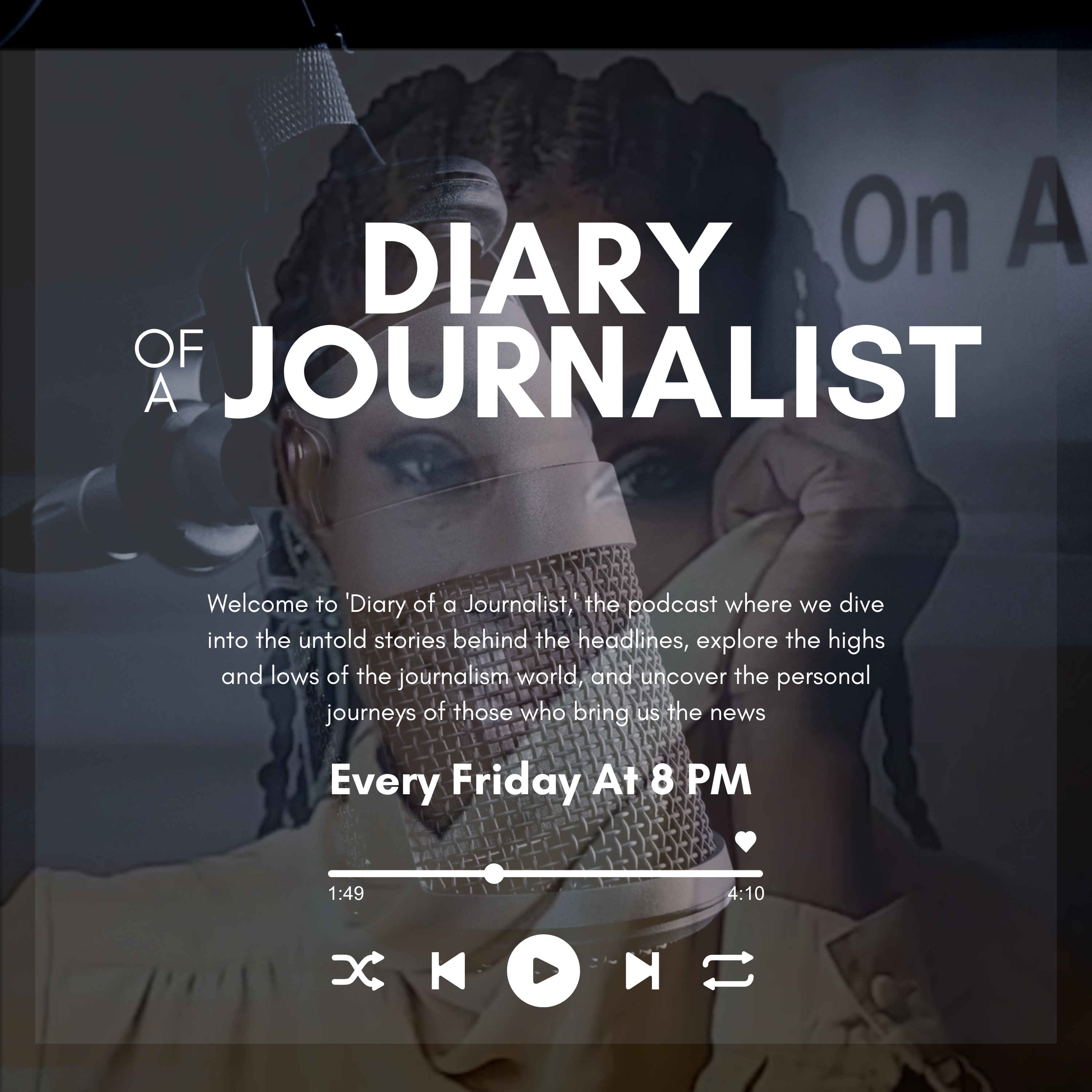Protests are a powerful expression of public opinion, a way for citizens to demand change or justice. As journalists, being at the forefront of such events is both a privilege and a responsibility. However, covering protests is not just about being present—it involves navigating safety, managing bias, and capturing the pulse of public sentiment. The role demands a balance between being a neutral observer and ensuring that the voices of those protesting are accurately represented.
The Thrill and Tension of Reporting Live
Covering protests is one of the most dynamic assignments a journalist can undertake. The atmosphere is electric—chants, signs, and the raw emotion of the crowd create a scene that is as unpredictable as it is impactful. Being in the middle of such energy often feels like reporting history as it unfolds.
However, this dynamism comes with its share of challenges. Demonstrations can turn volatile in seconds. A peaceful march might transform into chaos due to a misunderstanding, police intervention, or agitators among the crowd. For journalists, this unpredictability means being constantly alert. Your safety is paramount, yet so is your duty to capture the essence of the moment. Striking this balance is no small feat.
Staying Safe While on the Field
One of the foremost challenges in protest coverage is personal safety. Journalists are often caught in the crossfire—literally and figuratively. Tear gas, rubber bullets, or physical confrontations between protesters and law enforcement can make the job perilous.
Preparation is key. Before heading to a protest, it’s vital to understand the context: What is the protest about? Who are the main organizers? Has violence been reported in past demonstrations of this nature? Protective gear, such as helmets and gas masks, is essential. Equally important is having a clear exit strategy in case the situation spirals out of control.
Technology also plays a role in ensuring safety. Apps that track protests in real-time can help journalists avoid hotspots of violence. Live-streaming equipment allows reporters to document events while maintaining a safe distance.
The Ethics of Covering Protests
Ethical considerations are at the heart of protest reporting. Journalism demands neutrality, but protests are often charged with emotion and ideology. The challenge is to tell the story without taking sides. This doesn’t mean ignoring the truth—if one side is clearly in the wrong, the journalist’s duty is to report that fact. However, framing the narrative in a way that avoids bias is essential to maintaining credibility.
Protesters are often wary of the media. Some fear misrepresentation, while others distrust journalists entirely. Building trust with the people you are covering requires transparency. Clearly identifying yourself as a journalist, explaining the purpose of your coverage, and seeking permission before capturing close-up images or interviews can go a long way.
Privacy is another major concern. Protesters often risk their safety to speak out. Broadcasting their faces or revealing identifying details can make them targets of retaliation. Blurring faces or anonymizing sources is an ethical way to protect those who are vulnerable.
Capturing Public Sentiment
At its core, protest coverage is about the people. What drives them to the streets? What are their demands? Capturing these emotions is what brings depth to the story. Interviews with protesters, organizers, and even bystanders help paint a fuller picture.
The goal is not just to document the event but to understand the underlying issues. Why are these people risking their comfort, safety, or even freedom to make their voices heard? Answering these questions requires empathy and active listening. Sometimes, the most powerful stories come from quiet moments—a protester comforting a friend, a child holding a sign, or a chant that resonates through the crowd.
It’s equally important to seek diverse perspectives. While it’s crucial to hear from protesters, understanding the stance of law enforcement, local authorities, or opposing factions adds balance to the narrative. Protest stories should not feel like propaganda for one side but rather an honest portrayal of all the voices involved.
The Role of Technology in Protest Reporting
In today’s digital age, technology has transformed how protests are covered. Social media platforms are often the first to break news about demonstrations, with live videos, tweets, and photos spreading like wildfire. For journalists, this means competing not just with other media houses but with citizen journalists and protesters themselves.
However, this democratization of news also comes with challenges. Misinformation can spread as quickly as accurate reports. Verifying sources, geolocating images, and cross-checking facts are more critical than ever. Journalists need to balance speed with accuracy—rushing to break a story without proper verification can damage their credibility.
Live coverage, whether through social media or traditional outlets, offers an unfiltered view of events. It allows audiences to witness protests in real time, fostering a sense of connection. However, it also means journalists have less control over the narrative. What gets captured is what’s aired, leaving little room for context or explanation.
The Emotional Toll on Journalists
Reporting on protests is not just physically taxing—it can be emotionally draining as well. Witnessing anger, grief, or violence takes a toll, especially when covering issues you feel strongly about. The line between professional detachment and personal empathy becomes blurry.
It’s essential for journalists to practice self-care. Discussing experiences with colleagues, seeking counseling if necessary, and taking breaks when overwhelmed are vital for mental well-being. A burnt-out journalist cannot effectively tell the stories that matter.
Why Protest Reporting Matters
Despite the challenges, covering protests is one of the most important aspects of journalism. Protests are a barometer of public sentiment, a way to gauge societal issues and the urgency behind them. By reporting on demonstrations, journalists give a voice to the voiceless and hold authorities accountable.
Protests have shaped history, from civil rights movements to anti-corruption rallies. Without journalists documenting these moments, many of these stories would remain untold. The responsibility of ensuring accurate, fair, and comprehensive coverage falls on the shoulders of those brave enough to stand amidst the chaos.
Covering protests is a complex, multifaceted task that requires skill, courage, and ethical integrity. It’s a delicate dance between staying safe, avoiding bias, and capturing the raw emotion of the moment. While the challenges are immense, the impact of protest reporting is undeniable. Through their work, journalists play a pivotal role in shaping how these moments are remembered and understood by history.
For every chant echoed and every sign raised, there is a story waiting to be told—and it is the journalist’s duty to tell it.





